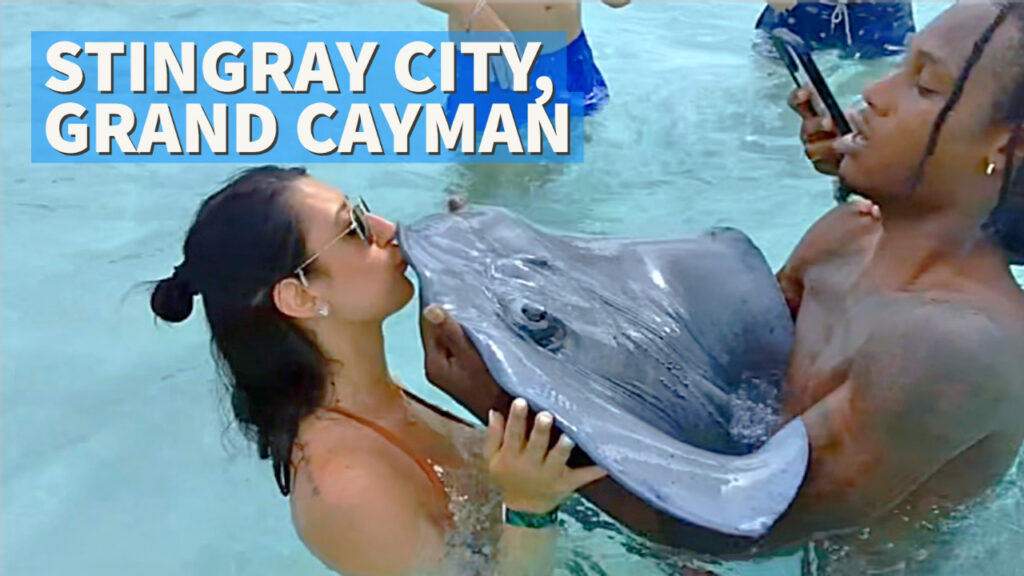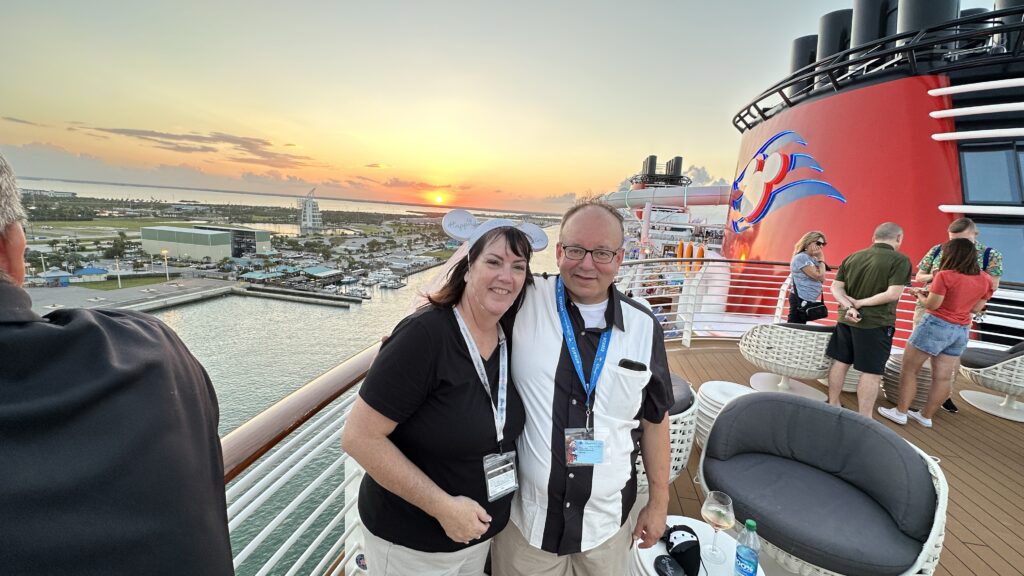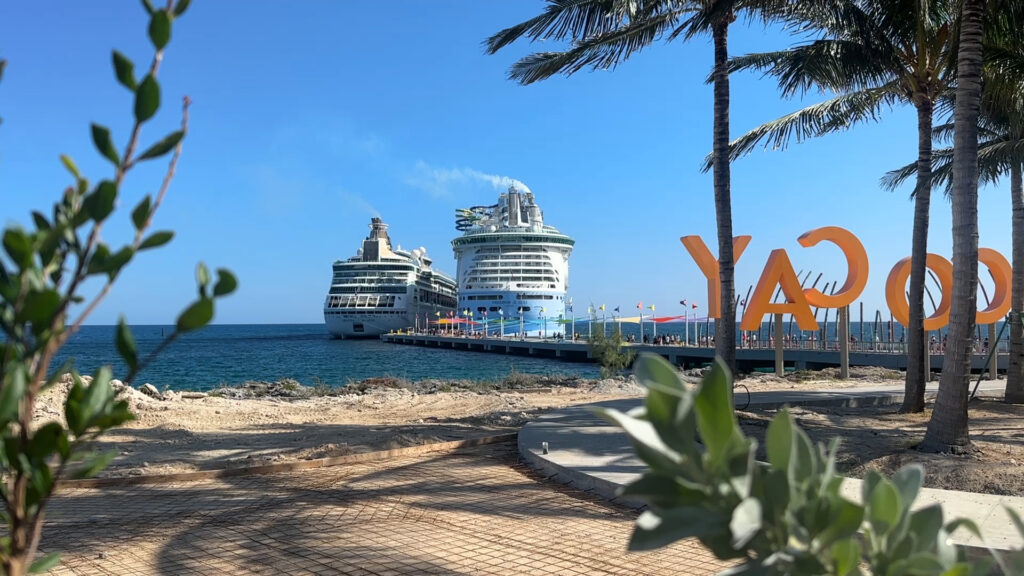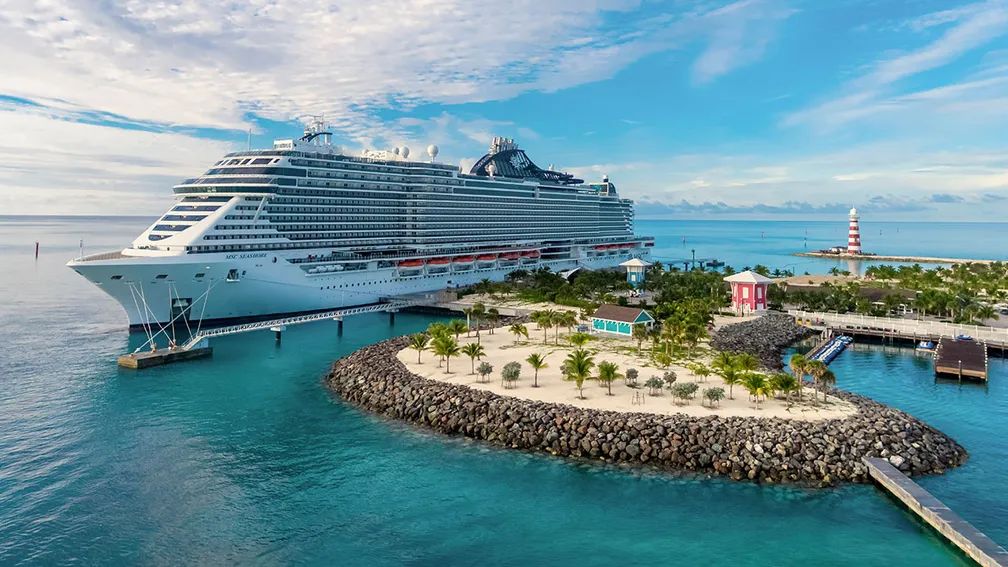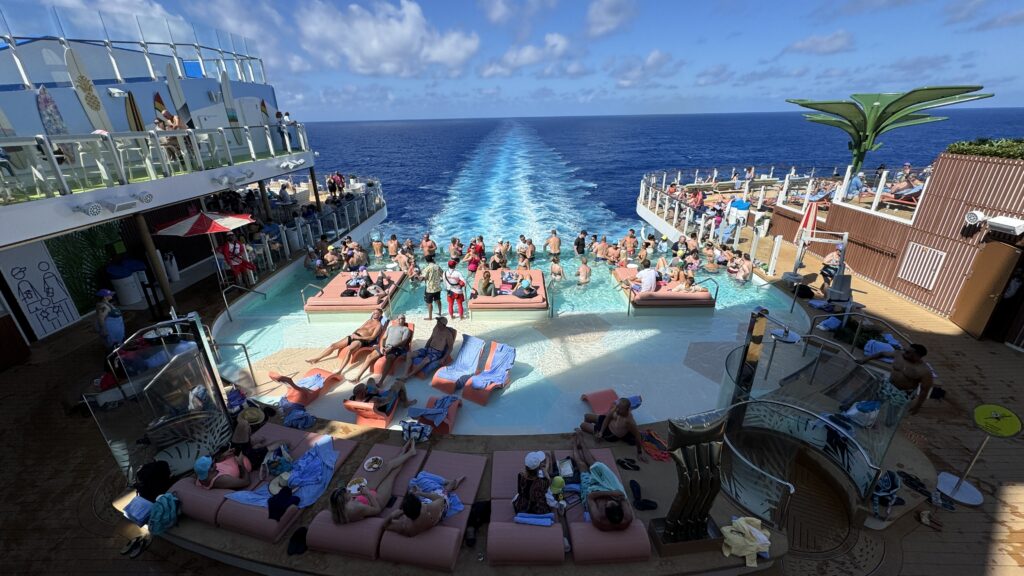Out of the 30-plus routes Amtrak runs throughout the United States, you’d be surprised to find that only three are profitable. One of those routes includes Trains number 52 and 53, the world-famous Auto Train. This route carries passengers – and their motor vehicles – between Lorton, Virginia, about 20 miles from Washington DC, and Sanford, Florida, about 25 miles outside Orlando, just a short drive from Disney World, the Kennedy Space Center, and Cocoa Beach. With those two popular destinations, it’s easy to see why that route is so well traveled.
The Auto Train is the only motorail service in the United States, and to some, might seem like an unlikely contender to be a moneymaker for Amtrak. It operates on one single route in the Southeastern United States, only once per day, and makes no additional passenger stops on its 855-mile journey, only one quick stop to fuel or change staff in Florence, South Carolina.
Passengers must allot extra time to load their vehicles onto and off the train. Amtrak suggests arriving at the Auto Train station between two to four hours before departure time, which means a whole lot of sitting around. A minor inconvenience, but most people don’t seem to mind.
Passengers ride in coach seats or private sleeping car rooms while their vehicles are carried in enclosed two-story automobile-carrying freight cars called auto racks. The train can carry up to 650 passengers along with 340 vehicles, and ours was almost full at 334. The train also includes lounge cars and dining cars. Auto Train allows its passengers who dread driving Interstate 95 through highly policed Southern states including Virginia, North Carolina, South Carolina, Georgia, and Florida while carrying their own vehicles with them.
And since it leaves the station at 4 PM as of November, 2024, it’s a seventeen and a half-hour ride that requires spending the entire night on the train.
Amtrak’s Auto Train keeps chugging along profitably while other routes struggle. Why? Let’s hop aboard and take a trip back in time to uncover the secrets of this unique train!
Back in the day, railroads were the lifeblood of America, connecting families, friends, and businesses across a growing nation. As cars became more popular and interstate highways crisscrossed the country, train travel took a backseat. Airplanes also soared in popularity, offering faster travel for long distances.
This led to a decline in passenger rail service. By the 1970s, private railroads were eager to hand over the responsibility and costs of carrying a constantly declining number of passengers.
The Rail Passenger Service Act of 1970 relieved the private railroads of the expensive responsibility of people-moving. In response, Congress created Amtrak in 1971, a clever combination of the words AMERICA and TRACK, to provide passenger rail service. Amtrak was a hybrid model: a for-profit company, with the federal government as its majority stockholder. Amtrak received equipment, funding and certain rights, like the use of existing railroad tracks owned by other railroads.
Also in 1971, a man named Gene Garfield, an attorney and government official who commissioned a study while working for the Transportation Department, founded the Auto-Train Corporation.
This was an innovative idea – a train that could transport both passengers AND their cars! The privately-owned Auto-Train Corporation launched service between Lorton, Virginia and Sanford, Florida, and it quickly became a very popular route.
Garfield had his own personal Pullman car, with private bedrooms and a dining room for himself and his family, that was attached to the Auto Train.
In May 1974, service began over a second route between Florida and Louisville, Kentucky, and the company was considering other routes between Chicago and Denver, and another to Mexico.
In the early days of the Auto Train, there was a disproportionate share of elderly travelers, many taking along their Cadillacs, the vehicle that accounted for as much as 60% of the Auto-Train’s car load.
Auto-Train passengers traveled in opulence, with amenities including a wine and cheese greeting, domed cars for stargazing, first-run movies, a nightclub with live entertainment, and costumed performers dressed up as Disney characters to entertain children of all ages.
The first five years were highly profitable. Afterwards. losses mounted as competition from discounted airlines and car rentals began to consume market share. Coupled with an unsuccessful expansion into the Midwest, and liability suits from two derailments, the company finances stretched to the breaking point.
Service ceased in April 1981, and the Auto-Train Corporation went out of business.
Recognizing an opportunity, Amtrak re-introduced a tri-weekly version of the service running between the original popular destinations in Florida and Virginia under the name “Amtrak Auto Train” in 1983. I still remember the catchy television commercials in the 1980s. Daily service was introduced a year later.
Amtrak focused on providing an affordable and reliable service without overextending themselves. And it has become a very profitable venture.
While the Auto Train might not be the cheapest option compared to driving or flying between the Northeast and Florida, it offers a unique experience that most travelers find well worth the price. Plus, there’s the convenience of your luggage, and whatever else you can fit into your car or SUV, plus the car itself, loaded right onto the train.
Before you jump online and book your own Auto Train adventure, here’s what you need to know about Amtrak’s Auto Train.
Pricing is seasonal. During Spring and Fall, a large contingent of what’s become widely known as “Snowbirds,” mostly Octogenarian Baby Boomers who can still afford to own a residence in both the Northern states as well as Florida. The Cadillacs are still there, but they’re less prominent as passengers of all ages travel between the two destinations creating a huge demand during those times of year.
Unfortunately for most, Amtrak has recognized this opportunity, and has adjusted prices accordingly.
In the fall, train number 53, from Virginia to Florida, can cost several hundred dollars more than traveling the opposite way. In the spring, that reverses as Boomers return to their homes in the north. Book early, as some dates in April and October sell out quickly.
Gone are the good old days of on-train movies and a wine and cheese welcome. Today, bring your own portable entertainment, cheeses, and you can buy wine on all three classes of rooms you can book on the Auto Train.
Starting as low as $95 per seat, depending on the season, there is the coach section. These are two side-by-side pairs of fairly comfortable, surprisingly spacious, reclining seats, similar to what you’d find in the first-class section of most commuter airline flights. There’s no meal or beverages included in this section, but there is a snack car you can walk to and purchase food and limited alcoholic beverages. We booked coach for our return trip to Florida for the sole purpose of sharing the experience with you.
Next, there is the first-class section on Auto Train, the private rooms. All three private room categories include a full sit-down meal during your trip between Florida and Virginia.
There’s the smaller roomette, two comfortable seats by day transformed into upper and lower beds by night, with shared full bathrooms for each car.
For twice the price, often a little more, you can upgrade to the full bedroom, with a slightly larger area and its own private sink, and bathroom with a shower. We booked this room for our trip from Florida to Virginia, since it was off-season in that direction.
Finally, for families of up to 4, there’s the very limited availability Family Room, which spans the entire width of the train. It costs a little more than the bedroom.
Unfortunately, you’ll need to pay extra to bring your automobile. Pricing depends on the length of your vehicle and is also affected by seasonal price adjustments. Plain cars, most SUVs, and even motorcycles are welcomed aboard and travel behind the passenger cars.
And yes, you can take the Auto Train even if you don’t have a car with you.
For those who get motion sick, you’ll be happy to know the attendants on the auto train always switch the coach seats in the direction the train is traveling.
In both the coach and private room areas, there are multiple 110V AC ports, great for charging your phone or portable electronic devices. And WiFi is free throughout your trip with just enough bandwidth for checking email or surfing the web. We did drop a few times during the evening, but our train to Florida was completely sold out. If you need more bandwidth, it turns out the cell services along this line seem fast and reliable with most major carriers.
The coach food car serves fast food like hamburgers, hot dogs, grilled cheese, and even a sausage filled stromboli. Bring your credit card, because it’s not free. There was a good selection of beer and a full bar pouring mixed drinks. You can bring your own liquor, but you can’t consume it unless you’re in a private room. There is a free continental breakfast featuring a few kinds of dry cereal, bananas, and some sort of pastry, but coffee and bottled water is extra.
There are a few tables in the snack car, but they’re first come first served, and experienced travelers tend to snap them up quickly, and might dominate them for hours with board games or iPads.
The coach bathrooms located on the lower level of our two-story car were clean and adequate, with two rooms with plenty of room to change your clothing.
Coach seating reclines well with no worries about bumping the knees of the person seated behind you. It seemed comfortable for sitting upright during daylight hours, but even with the reclining seats and footrests, they’re really not very comfortable for sleeping. Felicia and I had a terrible night of sleep. Many people brought their own pillows and blankets and seemed pretty cozy.
The only downsides of the coach cars are a constant flow of passengers walking to the snack car or to the bathrooms on the lower level. They might tug on the back of your seat as they’re navigating through a shaky railcar at all hours of the night, which can wake you up if you’re a tight sleeper. Headphones are recommended when watching or listening to streaming media on your portable electronic devices, and for taking phone calls. Unfortunately, some passengers didn’t heed that advice, and some streamed their sometimes offensive language quite loudly on our Florida-destined train.
The private bedrooms weren’t very spacious, but it’s nice to have your own space to stretch out. You’ll get your own sink and private bathroom, complete with a shower. Your room attendant will assist in getting your room sleep ready by setting the tiny top bunk along with converting the seating into a twin-sized bed. Pillows, sheets, and blankets are included. There is a curtain and an actual door that affords complete privacy.
Our train pulled into Sanford at about 10:30 AM, about a half hour late. We finally were permitted to leave the train at about 11 AM. Our car finally drove off the auto rack at 12:28 PM, almost two hours after our train arrived at the station. We could have paid an additional $105 for priority offloading for our car along with 29 others, but this option had been sold out for months. Priority offloading began at about 11:09 AM.
For those with service animals, they are permitted onboard with advance arrangements. For the Auto Train, there is only one stop in Florence, SC, which is a service stop that we’ve heard may be used as a relief stop for service dogs. Notify the Conductor and onboard personnel well in advance to determine if there is time for this. It will probably be very late at night, so remember that.
We did notice one major issue Amtrak really should address. Although their terrible sounding and hard to understand robotic voice warns of random security checks over the public address system at both the Virginia and Florida locations, there seemed to be zero passenger security checks on the Auto Train. It’s nothing like the TSA security you’ll encounter at any American airport.
When you drive up to the admission gate a few hours before your train departs, you simply give them your name, and they’ll look it up on a paper print out. I could have used the name “Mickey Mouse” and passed the checkpoint. You don’t need to present any identification when reserving online, at the vehicle entry point, or at the check in counter to get your hand-written tickets. In a sense, it’s a nice return to more trusting days. However, since there is zero apparent screening or x-rays of people, carry-on bags or the contents of any vehicle, we worry this mode of transportation is ripe for drug smugglers, human trafficking, and other assorted lawbreakers and troublemakers who could create problems or even dangerous situations for good, honest, law abiding citizens. I’m thankful it hasn’t yet happened, and truly hope it never will. But it is a crazy world out there.
Overall, Amtrak’s Auto Train is still a fun and convenient way to travel between Virginia and Florida that eliminates the need to drive if you’re traveling or returning home with your car, SUV, or motorcycle.

